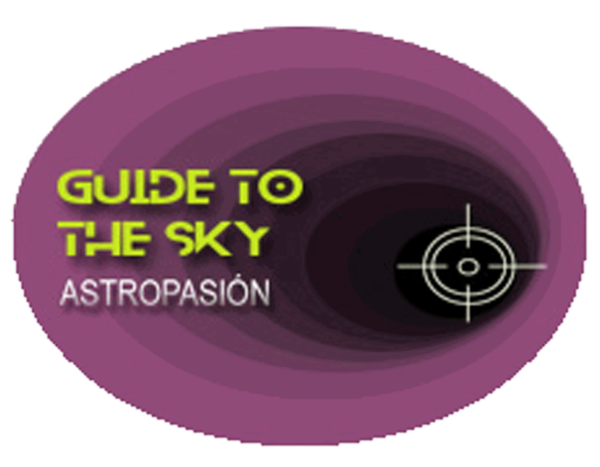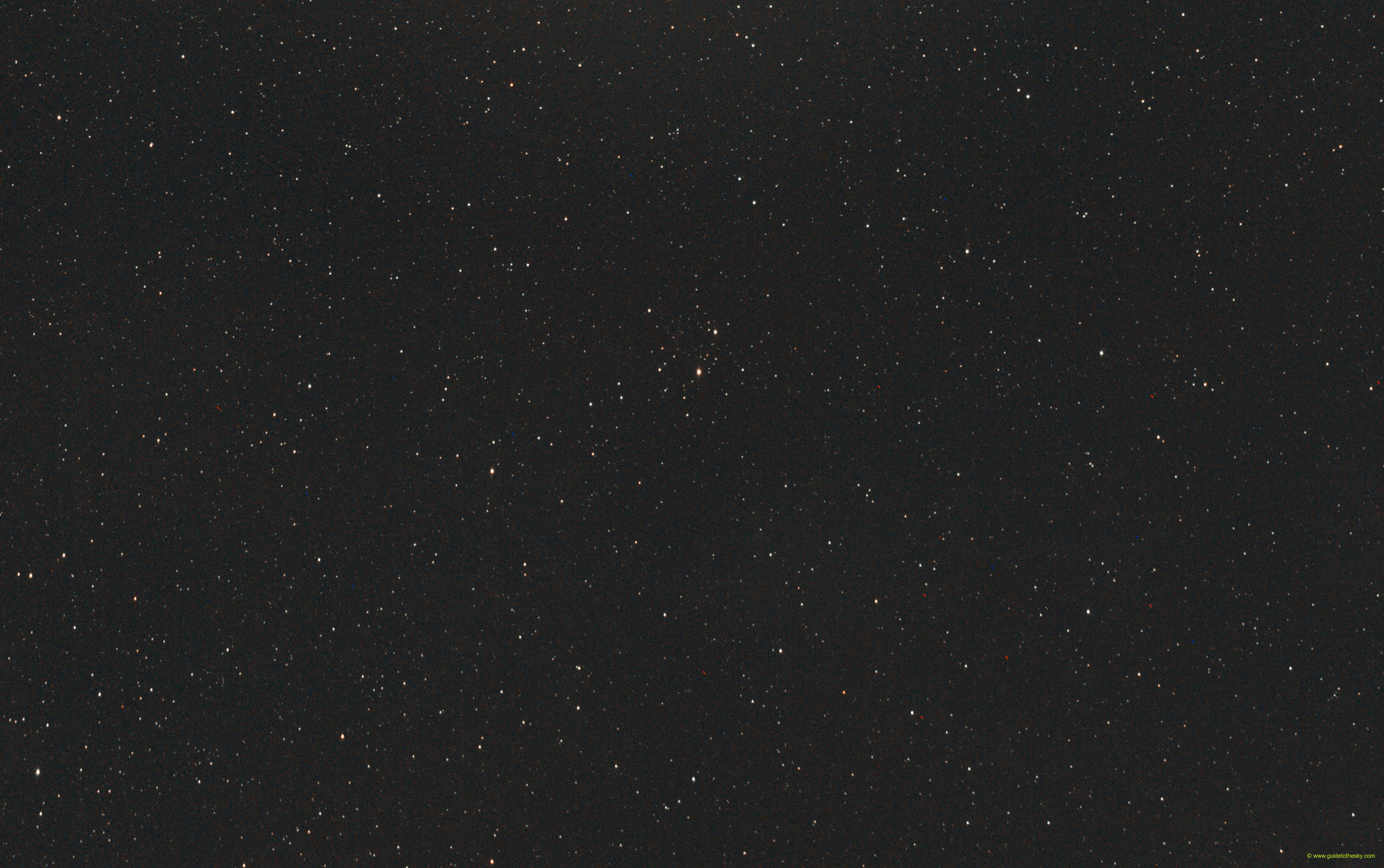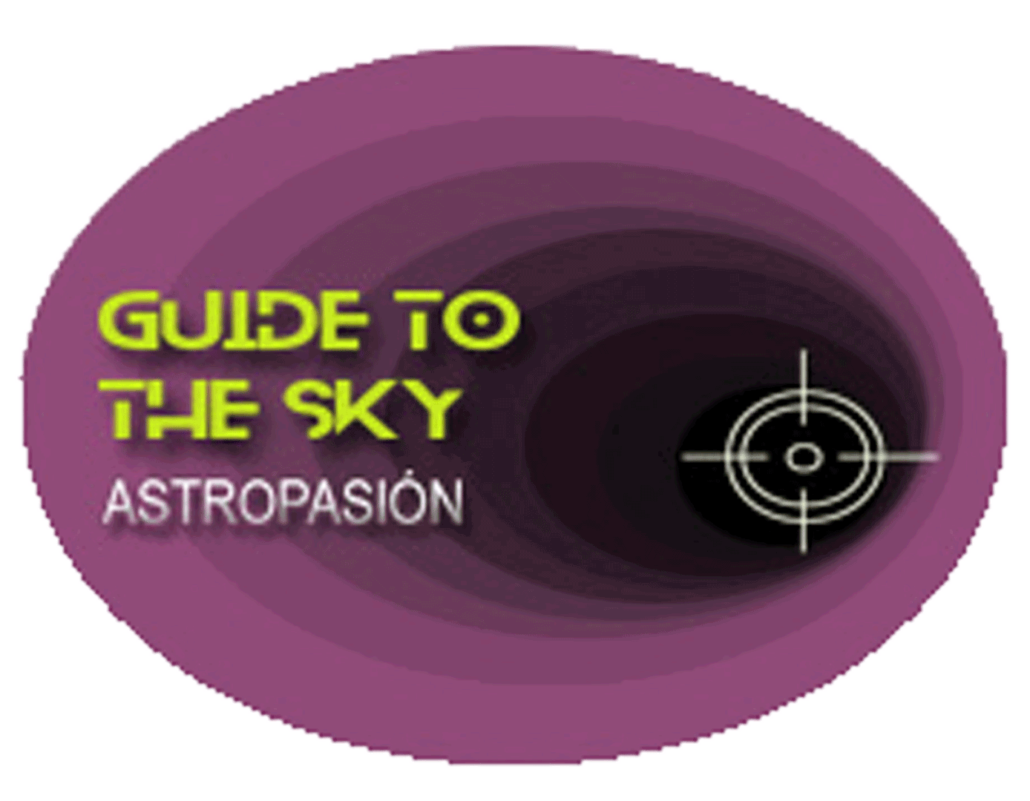NGC 7686 - Andromeda
NGC7686 pertenece a la constelación de AndromedaAl límite entre las constelaciones de Andrómeda y el Lagarto, podemos encontrar un pequeño triángulo isósceles, de unos 10' en su lado mayor compuesto por estrellas de entre la 6ª y 7ª Magnitud, la estrella más brillante, de la 6.5 Magnitud de dicho triángulo preside el pequeño cúmulo abierto NGC 7686.
Aunque consultando a Simbad, el cúmulo está contenido en solo un pequeño círculo alrededor de la estrella principal, podría decirse que el cúmulo se extiende por casi todo el triángulo, Otras fuentes como Stellarium, colocan el centro del cúmulo muy próximo a lo que sería el baricentro del triángulo, cosa con la que concuerdo.
NGC7686 - - en la IA
NGC 7686 is an open cluster of stars located in the constellation Andromeda. Here's a summary of what we know about it:
- Type: Open Cluster
- Constellation: Andromeda
- Right Ascension: 23h 30m 07s
- Declination: +49° 08′ 00″
- Distance: Estimated at around 1500 to 1700 light-years from Earth.
- Age: Estimated to be around 100 to 200 million years old.
- Diameter: The cluster spans about 25 arcminutes on the sky, corresponding to a physical diameter of roughly 10 to 12 light-years.
- Notable Features: NGC 7686 is a relatively sparse and loose open cluster. It contains around 50-100 member stars.
How to Observe It:
- Telescope: A small to medium-sized telescope will be needed to observe NGC 7686, binoculars may show a faint nebulous glow.
- Best Time to View: Autumn months (September-November) when Andromeda is high in the night sky.
- Location: A dark sky location away from light pollution is ideal.
Scientific Significance:
Open clusters like NGC 7686 are important for studying stellar evolution. By analyzing the properties of the stars within the cluster (color, brightness, temperature), astronomers can:
- Test and refine models of how stars are born, evolve, and die.
- Determine the age and chemical composition of the cluster, providing insights into the conditions under which the stars formed.
- Understand the distribution of stars within the Milky Way galaxy.
Summary:
NGC 7686 is an open cluster that is relatively easy to observe through a telescope during the autumn months. It is a sparse open cluster that is home to around 50 to 100 stars. By analyzing these stars we can determine how old the cluster is, it's chemical composition, and it's location within the Milky Way galaxy.
Más información sobre NGC 7686 en NASA/IPAC.
Mapa alrededor de NGC 7686
Otros identificadores de NGC7686:
"C 2327+488" ,"NGC 7686" ,"[KPS2012] MWSC 3734",


